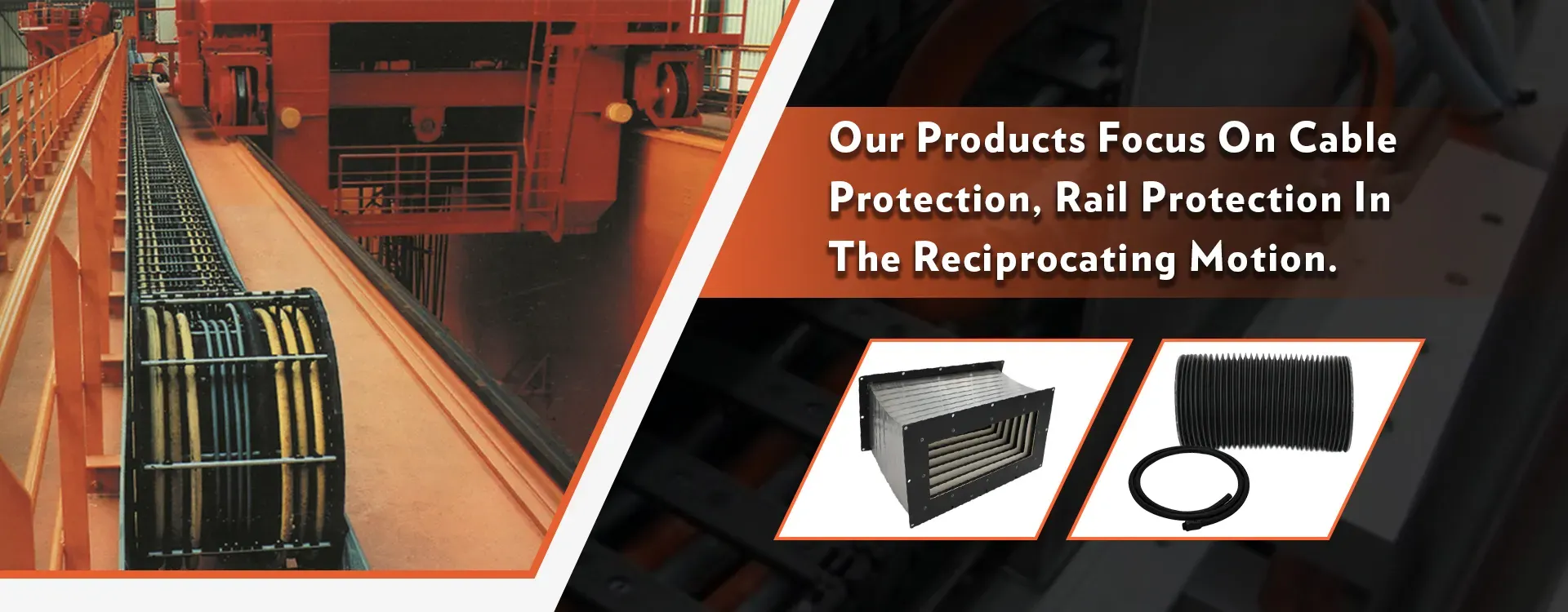cable carrier
The Evolution and Importance of Cable Carriers
Cable carriers, also known as cable management systems or drag chains, play a crucial role in various industries by providing an organized way to route and protect cables and hoses in motion. These systems are engineered to maintain the integrity of essential electrical and hydraulic connections while offering flexibility and durability. As technology advances, the design and application of cable carriers have evolved, enhancing their importance in modern industrial environments.
Historically, the need for efficient cable management arose with the rapid advancement of machinery and automation. Industries like manufacturing, robotics, and telecommunications quickly realized that unorganized cables could lead to damage, tangling, and operational inefficiencies. Cable carriers were introduced as a solution to these challenges. By harnessing the movement of cables and hoses within a controlled framework, cable carriers minimize wear and tear, preventing costly downtimes and repairs.
The design of cable carriers can vary significantly based on their intended application. Standard designs often feature a series of links that create a channel for the cables to move through. These links can be made from various materials, including plastics and metals, depending on the environmental requirements, such as temperature and exposure to chemicals. Specialized cable carriers can also accommodate specific cable types, ensuring that electrical and hydraulic systems operate without interference.
cable carrier

Furthermore, the versatility of cable carriers extends to their use in different environments. From high-speed manufacturing lines to construction sites where heavy machinery operates, cable carriers can be adapted to meet the specific needs of each application. For instance, in robotic applications, the ability of cable carriers to permit linear and rotary motion makes them invaluable. They facilitate smooth movement while ensuring that wires do not snag or tangle, thus enhancing the overall efficiency of robotic systems.
As innovations in technology continue, cable carriers are also integrating smart features that improve monitoring and maintenance. Some modern systems come equipped with sensors that can provide real-time data on the condition of cables, alerting operators to potential issues before they escalate. This proactive approach to maintenance not only extends the lifespan of the cables and carriers but also ensures the safe and uninterrupted operation of machinery.
The environmental aspect of cable carriers cannot be overlooked. With a growing emphasis on sustainability in industrial practices, manufacturers are increasingly exploring eco-friendly materials for cable carriers. This shift not only reduces the ecological footprint associated with production but also supports industries in meeting regulatory standards for environmental safety.
In conclusion, cable carriers represent a vital component of modern industrial operations, ensuring the organization, protection, and efficient movement of cables and hoses. Their evolution has been driven by the demands of technology and the need for operational efficiency. As industries continue to embrace automation and smart technologies, the role of cable carriers is set to expand. With ongoing innovations in design, materials, and smart features, they will undoubtedly continue to enhance the effectiveness and sustainability of industrial processes for years to come.








